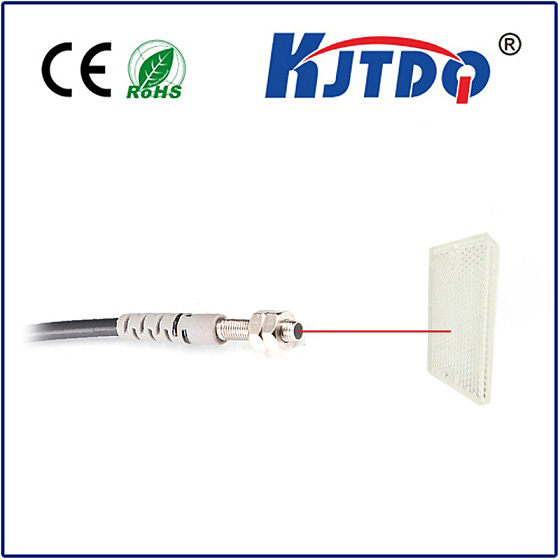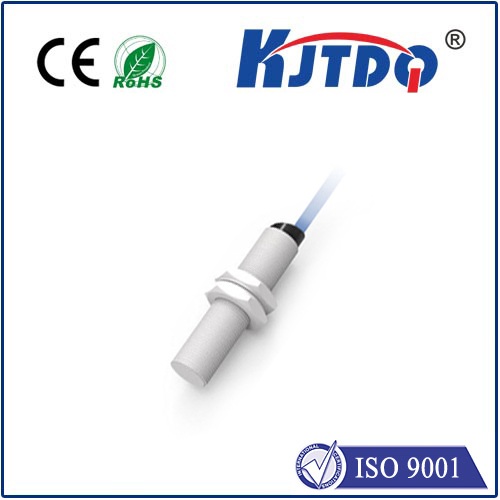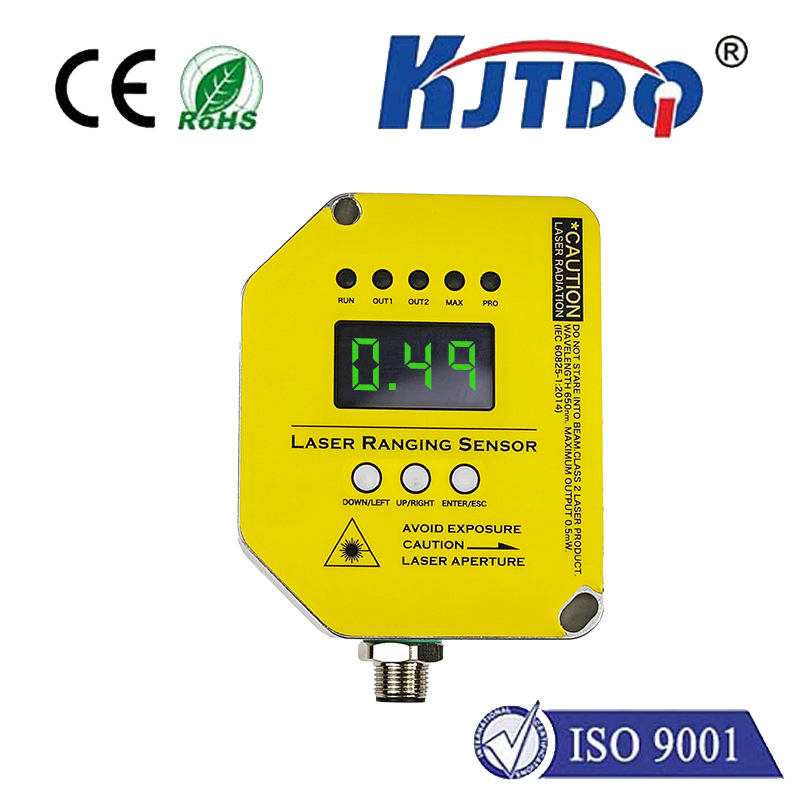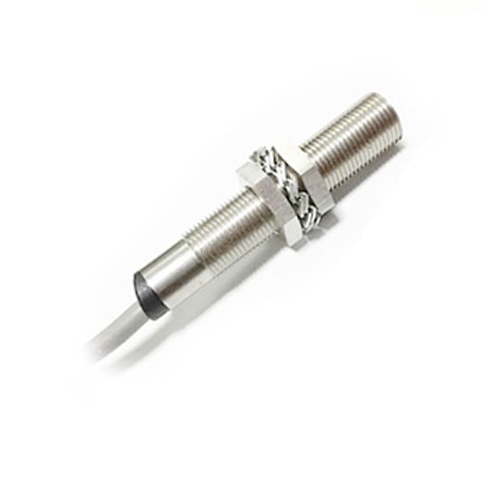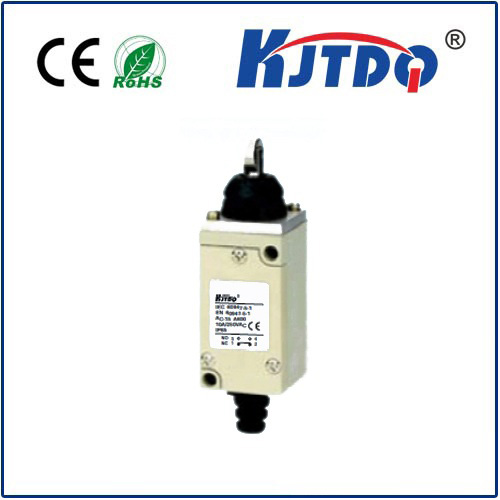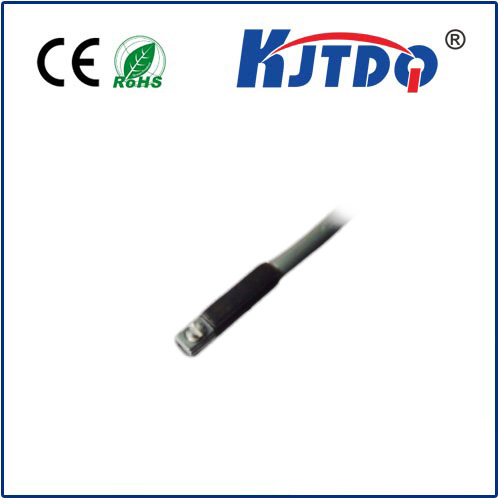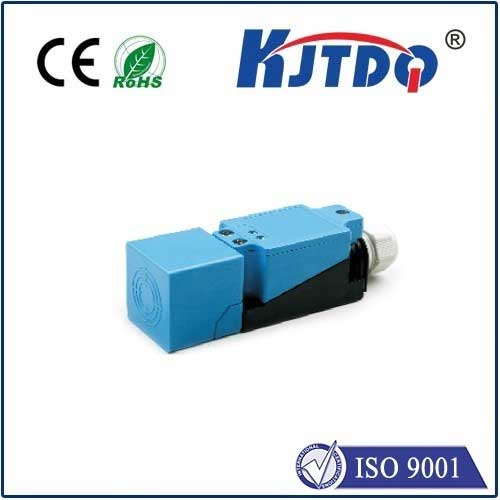PN2012 pressure sensor
- time:2025-09-23 06:03:43
- Click:0
PN2012 Pressure Sensor: Your Key to Reliable, High-Accuracy Pressure Measurement
In the intricate symphony of modern industry and technology, countless unseen components orchestrate seamless operations. Among these critical players, sensors act as the vital nervous system, translating physical phenomena into actionable data. For applications demanding precise and dependable pressure monitoring, selecting the right sensor is paramount. Enter the PN2012 pressure sensor – a transducer engineered to deliver exceptional performance across diverse and demanding environments. Understanding its capabilities is crucial for engineers and system designers seeking robust measurement solutions.
Why Pressure Sensing Matters: The Invisible Force Driving Decisions
Pressure, the fundamental force exerted per unit area, underpins countless processes. From ensuring the structural integrity of pressurized vessels to optimizing combustion efficiency in engines, from monitoring patient vitals in healthcare to controlling robotic movements in manufacturing, accurate pressure data is indispensable. An unreliable sensor can lead to catastrophic failures, inefficient operations, faulty products, or compromised safety. Therefore, the choice hinges on finding a device offering unwavering accuracy, long-term stability, ruggedness, and compatibility within the target application. This is precisely where specialized pressure transducers like the PN2012 carve their niche.
The PN2012 Pressure Sensor: Engineered for Demanding Applications

The PN2012 designation typically refers to a high-performance piezoresistive pressure sensor. Piezoresistive technology leverages the principle that certain materials (like silicon) change their electrical resistance when subjected to mechanical stress (pressure). This change is meticulously measured and converted into a highly precise electrical signal proportional to the applied pressure.
What sets the PN2012 pressure transducer apart? While specific specifications vary slightly by manufacturer and exact model variant (e.g., pressure range, output type, media compatibility), core strengths define this series:
- High Accuracy & Stability: PN2012 sensors are renowned for their low offset drift and excellent long-term stability. This means measurements remain trustworthy over extended periods and varying temperature conditions, crucial for applications like process control or quality assurance where consistency is non-negotiable.
- Rugged Construction: Designed for the real world, these sensors often feature robust stainless steel housings (wetted parts and cases) and hermetically sealed electronics. This ruggedized design offers superior resistance to shock, vibration, and harsh environmental factors, making them suitable for industrial machinery, automotive testing, and off-road equipment.
- Wide Pressure Range Options: Versatility is key. The PN2012 series typically offers a broad selection of pressure ranges, spanning from relatively low pressures (tens of PSI/bar) up to very high pressures (thousands of PSI/bar). This adaptability allows a single sensor “family” to serve multiple needs within an organization.
- Multiple Output Signals: Flexibility is built-in. Common output configurations include ratiometric voltage (e.g., 0.5-4.5V), amplified voltage (e.g., 0-5V, 0-10V), and current loop (e.g., 4-20mA). This broad compatibility simplifies integration with data acquisition systems (DAQ), PLCs (Programmable Logic Controllers), and other control electronics.
- Media Compatibility: Many PN2012 variants feature stainless steel diaphragms (typically 316L) and options for various seals (like Viton™ or Kalrez™). This ensures compatibility with a wide range of media – including oils, fuels, water, air, and many mild chemicals – essential for hydraulic systems, fuel systems, and general industrial fluid monitoring.
- OEM Integration Friendly: Their compact size, standardized electrical interfaces, and mechanical configurations (e.g., threaded ports like 1⁄4” NPT or G 1⁄4) make PN2012 sensors ideal for Original Equipment Manufacturer (OEM) integration into larger systems and machinery.
Where Does the PN2012 Pressure Transducer Excel?
The combination of reliability, accuracy, and durability positions the PN2012 pressure sensor as a preferred solution in numerous sectors:
- Industrial Automation & Process Control: Monitoring hydraulic pressures, pneumatic systems, pump pressures, filter status, and tank levels in chemical plants, refineries, manufacturing lines, and water treatment facilities.
- Mobile & Off-Highway Equipment: Monitoring hydraulic pressures in excavators, loaders, agricultural machinery, and lift systems, where shock and vibration immunity is critical.
- Test & Measurement (T&M): Providing precise pressure readings in engine test beds, dynamometers, laboratory setups, and calibration equipment.
- HVAC&R: Monitoring refrigerant pressures for system performance optimization and safety in heating, ventilation, air conditioning, and refrigeration systems.
- Medical Equipment: Employed in certain diagnostic and therapeutic equipment requiring reliable pressure feedback, though stringent biocompatibility certifications would be required for direct patient contact.
- Energy & Power Generation: Monitoring pressures in turbines, generators, and fuel delivery systems.
Maximizing Performance with Your PN2012 Sensor
Selecting the right PN2012 variant is only the first step. Ensuring optimal performance requires careful consideration:
- Specification Scrutiny: Always consult the manufacturer’s datasheet for the specific PN2012 model you are using. Key parameters include pressure range, burst pressure, accuracy (%FS - Full Scale), operating temperature range, proof pressure, media compatibility, output signal type, supply voltage requirements, and ingress protection (IP rating).
- Proper Installation: Follow manufacturer guidelines for mounting torque to avoid damaging the sensing element. Ensure correct orientation and consider potential effects of mounting stresses. Use compatible thread sealants carefully.
- Electrical Considerations: Provide a clean, stable power supply within the specified limits. Ensure correct wiring for the output type (voltage vs. current loop). Implement appropriate signal conditioning or filtering if necessary, especially in electrically noisy environments. Proper grounding is essential.
- Environmental Protection: While rugged, protect the electrical connector and cable from excessive moisture, chemicals, abrasion, and crushing. Conduit or protective sleeving is often recommended in harsh settings. Consider the effects of extreme temperatures on both the sensor and the cable.
- Media Compatibility Confirmation: Double-check that the sensor’s wetted materials are compatible with the specific fluid or gas being measured. Incompatibility can lead to corrosion, contamination, or sensor failure.
The Smart Investment in Measurement Integrity
In the quest for operational efficiency, product quality, and system safety, reliable data is the cornerstone. The PN2012 pressure sensor represents more than just a component; it represents a commitment to measurement integrity. Its blend of high accuracy, proven ruggedness, and design flexibility makes it a trusted workhorse across a multitude of challenging applications. By understanding its capabilities and implementing best practices for selection and installation, engineers and technicians can leverage the PN2012 to deliver the dependable, precise pressure data that drives smarter decisions and superior performance. Whether embedded deep within industrial machinery or integrated into sophisticated test systems, the PN2012 stands as a testament to precision engineering meeting real-world demands.







